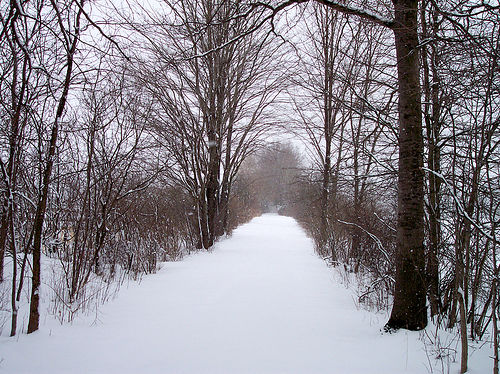Community art projects that create real impact may look more like a laboratory or even a soup kitchen than a traditional art installation. Soil Kitchen was all of the above and more. Organized by the San Francisco-based art-design collaborative Futurefarmers and commissioned by Philadelphia’s Office of the Arts, Culture and the Creative Economy, Soil Kitchen was a temporary re-purposing of an abandoned building into a multi-use site to inspire and empower visitors to plant urban gardens.
This artist-led intervention included the collaboration of community members, local environmental and food-issues organizations and the U.S. Environmental Protection Agency (EPA). During the six days in April 2011 when the site was open, residents brought in 357 soil samples, which were tested for lead, arsenic and cadmium content by a mobile EPA lab, then added to a soil archive and logged in a city-wide map of brownfields. More than 300 bowls of soup made from locally sourced ingredients were offered gratis to visitors in exchange for soil samples. The space was also used for workshops and lectures related to gardening, soil contamination, cooking lessons and food issues.
Timed to coincide with the EPA’s National Brownfields Conference, Soil Kitchen was a brief project; however, more sustainable models for this type of exchange and multi-use site are worth exploring given both the increased interest in urban gardens and farms and the very real concerns about urban soil contamination. In addition, the role of artists in initiating and coordinating such unique and multi-dimensional solutions cannot be emphasized enough.
I hate to use the phrase “out of the box,” but that’s exactly what this project was; it wasn’t limited to being a single thing, meeting a single objective or representing a single agency. Instead, it drew from all quarters and, as a result, a community benefited in ways that can be measured — in ladles of soup, pH levels and hours donated — and in long-term impacts that will also hopefully be explored by the city agencies and individuals involved.
PHOTO CREDIT. Photo courtesy of Futurefarmers.


Tremendous. Unfortunately, one of the things I’ve learned in my urban farming adventures is that the soil test for lead most people tell you to do it is largely useless, and I ended up in intricate conversations with soil scientists and EPA researchers.